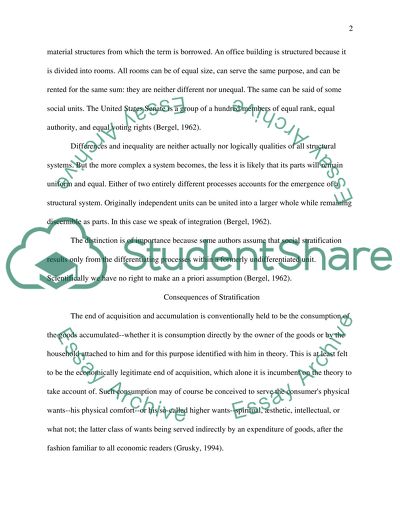Cite this document
(“The Consequences of Stratification Essay Example | Topics and Well Written Essays - 2250 words”, n.d.)
Retrieved from https://studentshare.org/social-science/1532175-the-consequences-of-stratification
Retrieved from https://studentshare.org/social-science/1532175-the-consequences-of-stratification
(The Consequences of Stratification Essay Example | Topics and Well Written Essays - 2250 Words)
https://studentshare.org/social-science/1532175-the-consequences-of-stratification.
https://studentshare.org/social-science/1532175-the-consequences-of-stratification.
“The Consequences of Stratification Essay Example | Topics and Well Written Essays - 2250 Words”, n.d. https://studentshare.org/social-science/1532175-the-consequences-of-stratification.


